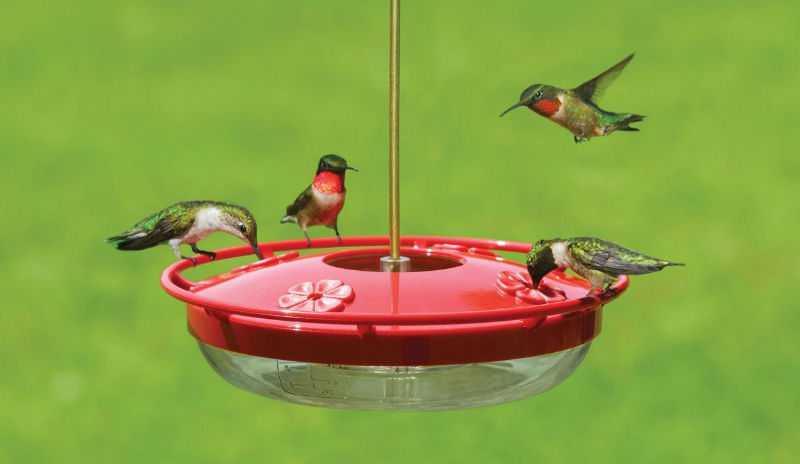
French Fries with the Hummingbird Feeder
If I ever went through a fast food drive-thru, and the voice in the box failed to ask, “French fries with that sandwich?” I’d wonder, “Who trained this employee?”
As spring approaches and consumers enter your garden center yearning to attract returning hummingbirds, I’d challenge you to make sure all of your staff knows which “french fries and sodas” to recommend with the hummingbird feeder and hummingbird-attracting plants your business sells.
I first heard an owner of a wild bird shop in Ball Ground, Georgia, Kathy Anderson, use the “french fry” phrase about hummingbird feeders.
When I inquired, Kathy said, “Mel wouldn’t you like to get one to two additional add-on sales with every hummingbird feeder you sold while increasing customer long-term success and happiness at the same time?” Of course, I said, “You bet!”
I’ll share below some tips on how my retail concept test store, Kathy’s shop and many others average these add-ons over 60 percent of the time.
Help Them Keep It Clean
Every consumer that has success attracting hummingbirds knows “cleanliness is next to godliness in hummingbird feeders.” Thus, the right hummingbird brush or brush kit to clean the hummingbird feeder purchased is always the “french fry” I have staff first recommend as a needed and later much appreciated add-on to a hummingbird feeder sale.
If a hummingbird drinks spoiled nectar or eats from a dirty feeder, it can make them ill and can throw off their guidance systems. I often have luck describing it to consumers, “It’s like a DWI for hummingbirds.”
 The result is they won’t come back to that feeder.
The result is they won’t come back to that feeder.
Prevent the potential problem by changing nectar every three to seven days depending on feeder location (nectar lasts a bit longer in the shade), temperature and number of birds feeding.
If your customer has a dirty feeder, I always recommend moving the feeder after cleaning, as the hummingbirds remember “that feeder in that location did bad things to me” and the hummingbird often ignores it even after the feeder is cleaned, if the feeder is not moved.
Even the easiest-to-clean feeders have small ports that benefit from cleaning, and those with jars and bee guards need special brushes for those parts. There are kits that have brushes for jars, bases, ports and bee guards that you can stock and recommend, knowing they do a great job of cleaning all feeders.
Keeping ants and bees out of feeders is another key to your customer’s long-term hummingbird-attracting success, and can also lead to additional add-on sales, depending on the customer’s feeder purchase preference. Flat top base feeders offer the best bee and wasp protection. The key is reminding the customer not to fill them completely full. A hummingbird has a long tongue and can easily reach the nectar. Leave a void and a bee can’t reach the nectar. Also remind your customer to make sure they don’t spill nectar on the outside of the feeder and to clean it anytime they do. Also remind them to clean and move a feeder anytime a bee finds and uses the feeder.
Ants love nectar and can be a pain as they contaminate the nectar. While many feeders now have built-in ant moats, most don’t hold much water and it quickly evaporates, or a chickadee comes along and drinks it. Recommend your customer add ant moats or nectar protectors above hummingbird, oriole and fruit feeders to protect feeders from ants causing spoilage.
They will love you for it and send in their neighbors for them. At our store, nectar protectors are the “soda we add to a sale” that increases customer happiness and adds dollars to the total sale.
Find the Right Location
The apple or cherry pie to finish off a complete “Happy Meal” for your hummingbird feeder customer is having your staff make sure the customer has everything they need to place the feeder where they can best see and attract hummingbirds.
Many times a consumer needs a small “S” hook to hang the feeder where they want it. Our best results and happiest customers are those we send home with a window hook. Window hooks allow the hummingbirds to be seen “up close” by young and old alike, and in the fall we have a lot of success getting folks to replace the hummingbird feeder with a small chickadee and finch feeder filled with a “No Waste Mix.”
The result is a happy year-round customer and increased sales for you. Your staff should also recommend for customers who want to enjoy hummingbirds around the patio, a 42-inch hummingbird feeder hook that stays firmly in the ground and keeps the feeder above most flowers at the patio’s edge.
Speaking of flowers, don’t forget to cross- merchandise feeders and flowers that provide season-long nectar sources for hummers. I’m a believer that native plants put in your area do the best job of attracting the hummingbirds.
Last, but not least, I want to remind you to never recommend nectars that contain red dye No. 2. If eating that red dye is bad for humans, imagine the harm it can do to hummingbirds whose metabolism allows them to eat the equivalent of a human eating 260+ hamburgers.
Many consumers, however, still insist on red nectar, and for those I recommend products containing either carmine (ground up beetle shells) or hibiscus extracts.
Remember hummingbirds get much of their protein, vitamins and minerals by consuming small insects. You will increase sales by offering both granular nectars and liquid ready-to-use nectars. While I personally don’t like to pay for water, many busy consumers are willing to pay for the convenience of a pre-mixed product.
One final nectar tip: I often find folks have trouble trying to switch from one type of nectar to another during the season. Have your customer service people always ask consumers if they’ve been using granular or “ready to use,” if the consumer has already started feeding nectar!
Teach your staff these “fast food tips” to hummingbird feeder use, and your consumers will get desired results and build their confidence in what your staff recommends.
You’ll get the benefits of lots of extra sales.

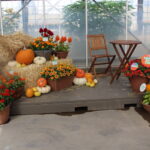
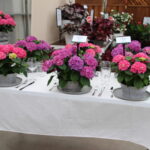
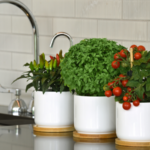
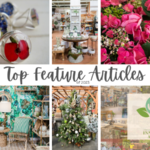


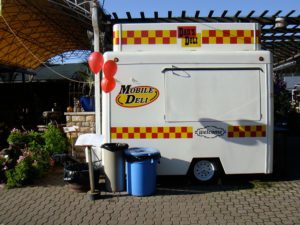

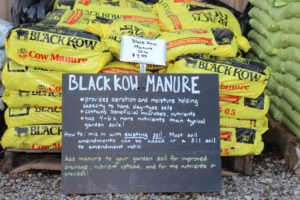
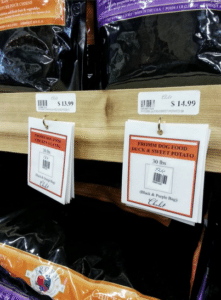
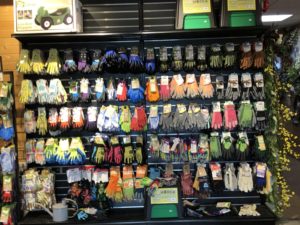
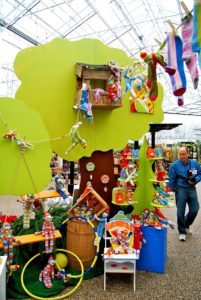
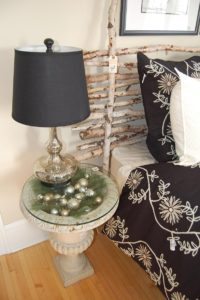
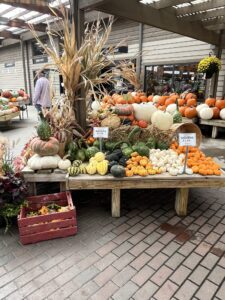
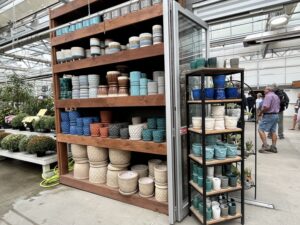
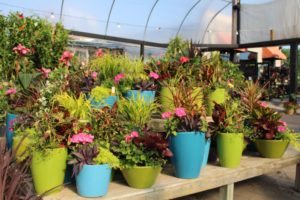
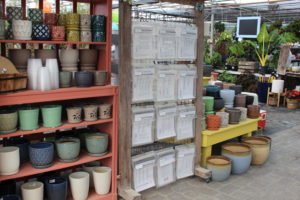
 Videos
Videos





